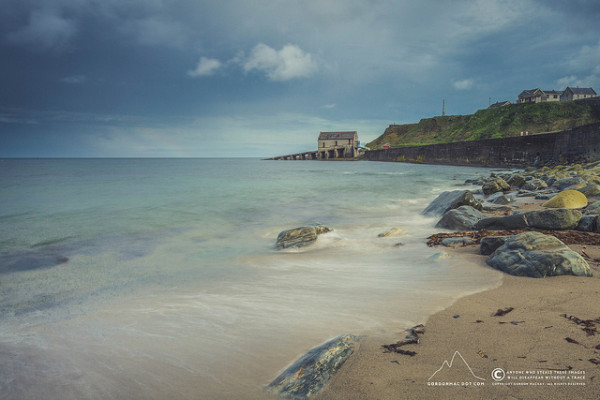There are some things you can’t (really) “Photoshop”
Posted: July 13th, 2014 | Tags: Photography • Tutorials | Posted in: Photography
pho·to·shop
verb, often capitalised
To alter (a digital image) with Adobe Photoshop software or other image-editing software especially in a way that distorts reality (as for deliberately deceptive purposes)
With recent advances in software from companies like Adobe, Nik and OnOne, there’s an awful lot you can do after taking a photo. However, there are limits, not just in terms of image repair jobs, but also in effects.
So, I was thinking about some of the things unachievable via software, the things that you need to do from behind the camera instead of in front of the computer.
Position
This is a critically important thing. Once you’ve decided on the position from which to take your photo, there’s nothing you can do to change it when you get home… obviously!
This is why it’s so very important not to plant your tripod down until you’ve had a good wander round to find the best viewpoint and composition possible for the scene. Even better, walk around and look through the camera viewfinder, this way you have a very accurate indication of how the finished shot may look.
Polarisation
There are no software filters on the market that can achieve exactly what a polarising filter does when it’s stuck on the end of your lens. OK, you can increase saturation and contrast in the sky without a polarising filter, but you can’t mimic its main purpose – to cut out glare.
The glare from the sun is made up of light that’s partially polarised (where the individual light waves are aligned parallel to one another) in a horizontal plane, the polarising filter’s glass has its axis of polarisation on a vertical plane, this blocks the polarised part of the light coming from the sky, making clouds look fantastic and also cutting through the glare on water, damp rocks and foliage.
No software filter can touch a polarising filter. If you don’t have one, you’re missing out!
Long exposure effects
Another thing that requires the use of a filter attached to your lens.
That soft, smooth, silky water effect you see in people’s photos of the sea and waterfalls… you can try to do it using software by blurring the surface of water, but it will take longer than it would in-camera with a neutral density (ND) filter and the longest of long exposures.
My favourite ND filter strengths are 6 stop and ten stop, the 6 stop is good for relatively low light or overcast weather, and the stronger 10 stop filter allows me to achieve the same effect in bright weather.
Blown highlights & blocked up shadows
You can to a certain extent, but if there’s no detail (solid white or solid black portions of an image) then there’s no detail! You can’t recover what isn’t there, even in Photoshop!
Learning to capture images at the optimum exposure is much easier than fixing serious exposure errors when you get home.
Creative vision & style
You’ve probably heard, photography is much more than simply capturing an image. In reality, photography is a combination of the pre-visualisation of a scene, some knowledge of aesthetics and the technical ability to reproduce that vision and aesthetic with a camera. This is what people mean when the speak of “making” an image. If you have no creative vision there is no amount of Photoshop work that will make your photo any better.
I’ve also heard people confuse style with a consistent method of editing an image, but there’s a difference, and using the same Photoshop Filter to edit all your images does not equate to style.
WHAT is a photographic style? For me, it’s simply a consistent way of seeing that ties directly to who I am, what I like, and what I want to express about myself and my feelings. It is NOT simply shooting the same subject over and over. It’s HOW you shoot that subject that defines your style. Your style should fit your personality. I have a big personality. Consequently, I tend to go for the big, bold photos with lots of pop and enthusiasm. Scott Bourne (Photofocus.com)
Yes, you can use software to make the colours more saturated and vibrant, but you can’t use software to transform it into a compelling image.